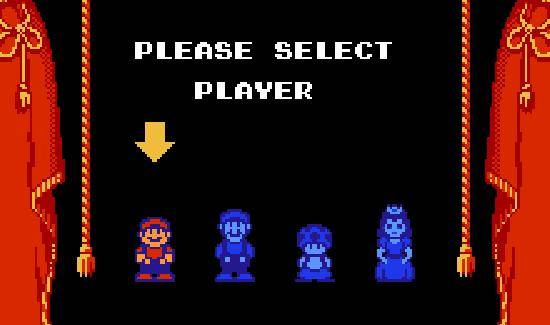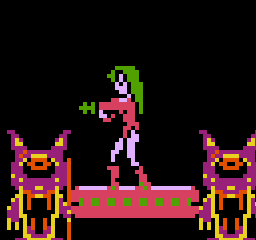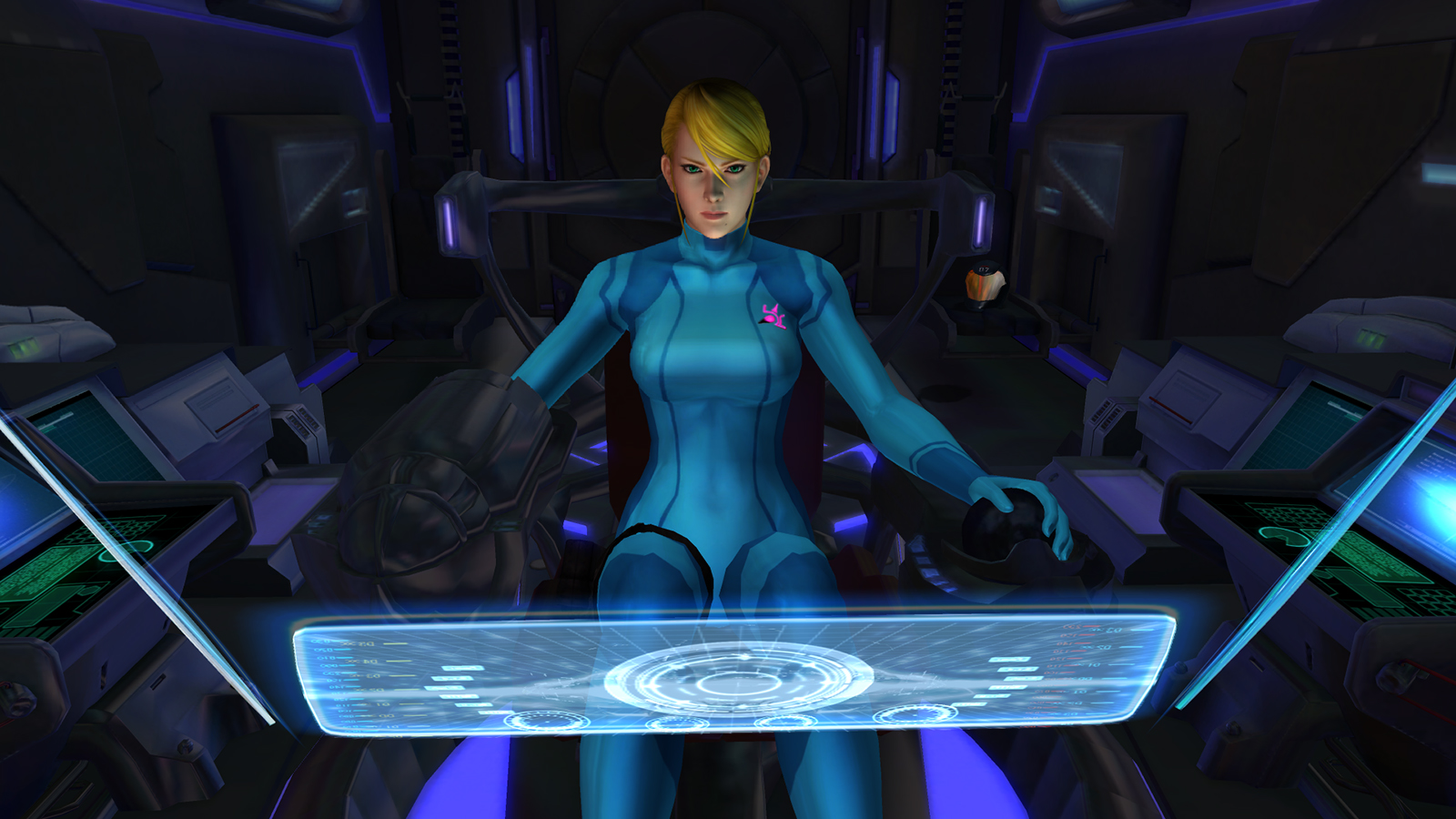It’s time to wrap-up the point I was trying to pursue
in this blog and see if my hypothesis is correct. I believe that the hypothesis
I made in my second blog post is proven to be correct. I stated in that blog
post that there are many cases where sexism in video games is present, and I believe
that I proved that fact to be true. Sexism is obviously present through most female
characters’ design and interaction with the other characters in a game. The
only thing I didn’t find out is if the designers of the game purposely created
sexist themes and characters. Based on the research I conducted, I think it’s a
mixed bag. I think some designers knew that sexualizing a character would sell
the game because of gaming industry still being male-oriented, and others who
didn’t even notice that their game could be considered sexist. In terms of the
gamer, I still think that sexist thoughts can’t just be created from video
games. People are exposed to so many different sexist themes through entertainment
and life itself, so trying to pinpoint sexism onto video games would require a
lot of research.
As previous stated, sexism is still very much
present in gaming. The final question is how can we stop sexism in video games?
One thing that can be done is for game designers to start changing the way they
design female characters. If game designers start to design female characters
the same way they do male characters, sexism would start to decrease. In other
words, there should be a variety of female character designs, instead of having
pretty much just sexualized characters. There are many varieties of male
characters, so this should be the same as female characters. Another thing that
can be done is changing the way female characters are represented and
portrayed. Patrick Garratt brings up a good point in his article, “Enough: WeMust All Try to Kick Sexism out of Gaming”. He says that when showing a female
character, especially on the box art; focus on other aspects of the character
other than the one-third point area, meaning the character’s chest or backside.
This is an example of what Garratt was
talking about. The first image is the correct one because the image is focusing
on the character's eyes. The second image is what shouldn't be done because the
main focus is on the character's body.
He also goes on to say that when picking an image of a female character,
position the character as doing something, instead of a submissive or seductive
pose.
In conclusion, as gamers we have the choice to make
our own decisions. If someone sees a game as offensive, he/she has the right to
not buy it or play it. It all comes down to the point that we should be aware
that sexism exists, and ultimately it’s the player’s choice whether or not to
do something about it.






.png/500px-Princess_Peach_(Fortune_Street).png)
.png/revision/latest?cb=20090611210758)



